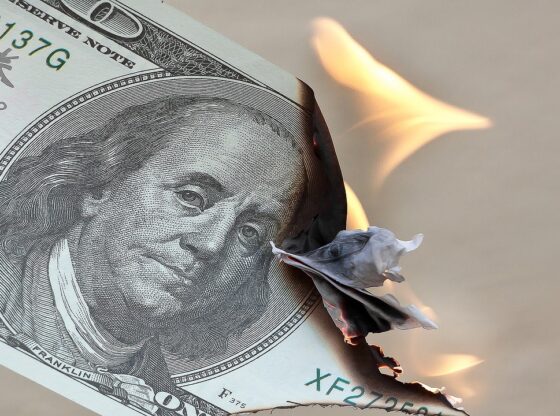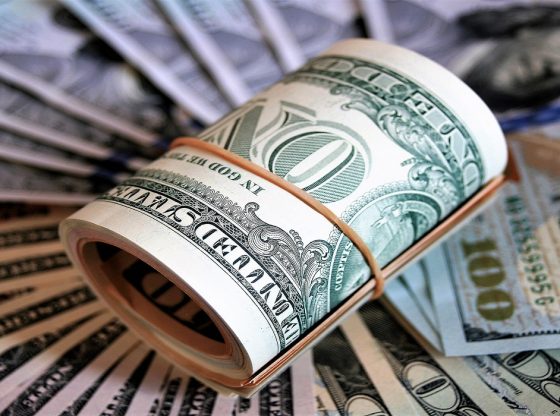The 2020 Sveriges Riksbank Prize in Economic Sciences in Memory of Alfred Nobel 2020 goes to Paul Milgrom and Robert Wilson, who have improved auction theory and invented new auction formats, benefitting sellers, buyers, and taxpayers around the world,” the academy said.
U.S. economists Paul Milgrom and Robert Wilson won the Nobel Economics Prize on Monday for work on commercial auctions, including for goods and services difficult to sell in traditional ways such as radio frequencies, the Nobel Committee said.
“This year’s Laureates in Economic Sciences started out with fundamental theory and later used their results in practical applications, which have spread globally. Their discoveries are of great benefit to society,”
– Peter Fredriksson, chair of the Prize Committee.
Paul R. Milgrom and Robert B. Wilson were honored “for improvements to auction theory and inventions of new auction formats,” Secretary-General Göran Hansson of the Royal Swedish Academy of Sciences said during the announcement in Stockholm on Monday.
Milgrom and Wilson’s discoveries have “benefitted sellers, buyers, and taxpayers around the world,” the prize committee added in a statement. Milgrom is a professor of humanities and sciences at the Stanford University economics department, and Wilson is a professor emeritus of management at the Stanford Business School.
Using auction theory, researchers try to understand the outcomes of different rules for bidding and final prices, the auction format. The analysis is difficult, because bidders behave strategically, based on the available information. They take into consideration both what they know themselves and what they believe other bidders to know.
Robert Wilson developed the theory for auctions of objects with a common value – a value which is uncertain beforehand but, in the end, is the same for everyone. Examples include the future value of radio frequencies or the volume of minerals in a particular area. Wilson showed why rational bidders tend to place bids below their own best estimate of the common value: they are worried about the winner’s curse – that is, about paying too much and losing out.
Paul Milgrom formulated a more general theory of auctions that not only allows common values but also private values that vary from bidder to bidder. He analyzed the bidding strategies in a number of well-known auction formats, demonstrating that a format will give the seller higher expected revenue when bidders learn more about each other’s estimated values during bidding.
Together, they created new auction formats to sell many interrelated items simultaneously, the committee said. In practice, this was adopted by American authorities in 1994 as a method to sell radio frequencies to telecom operators.






















